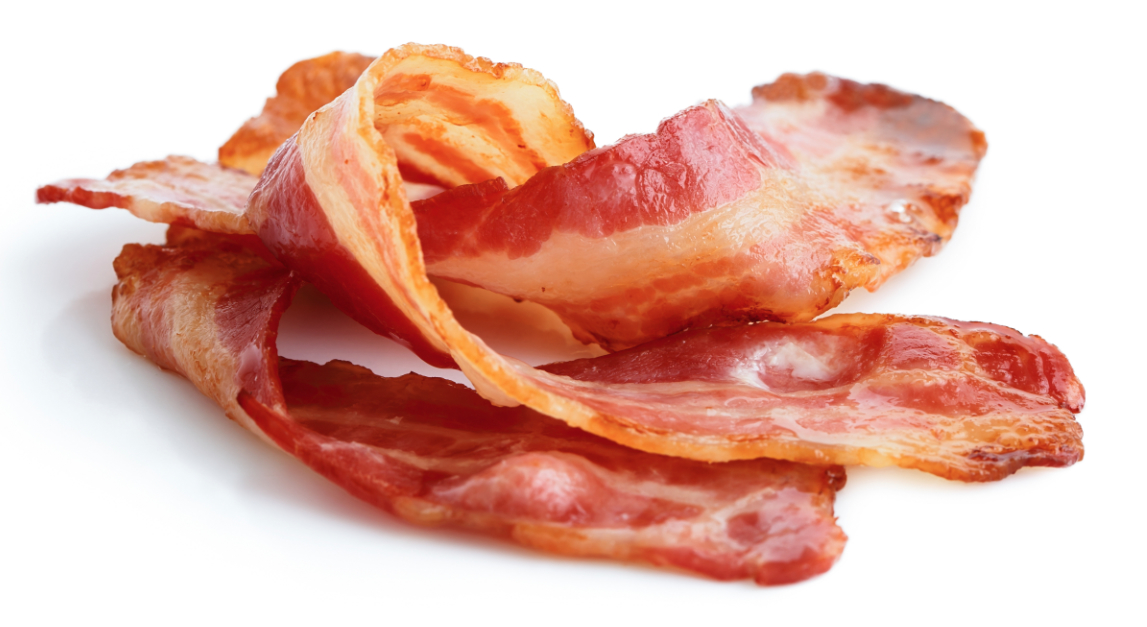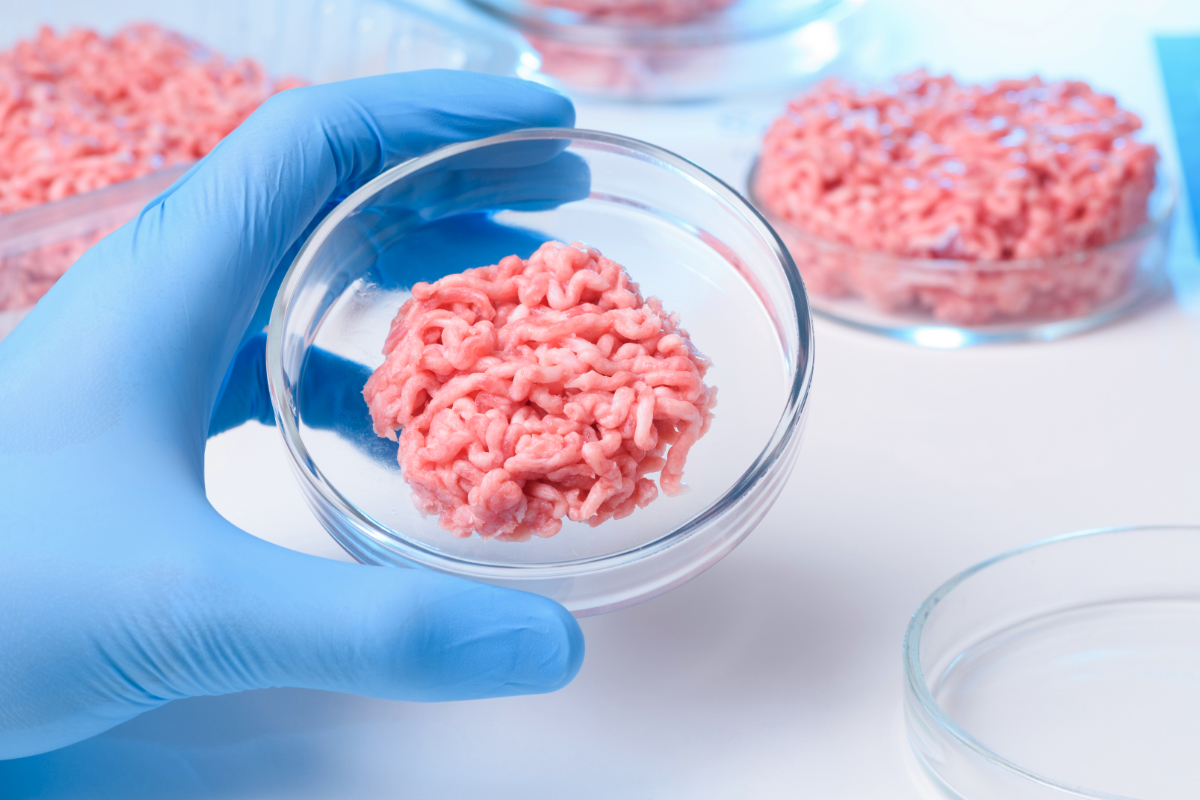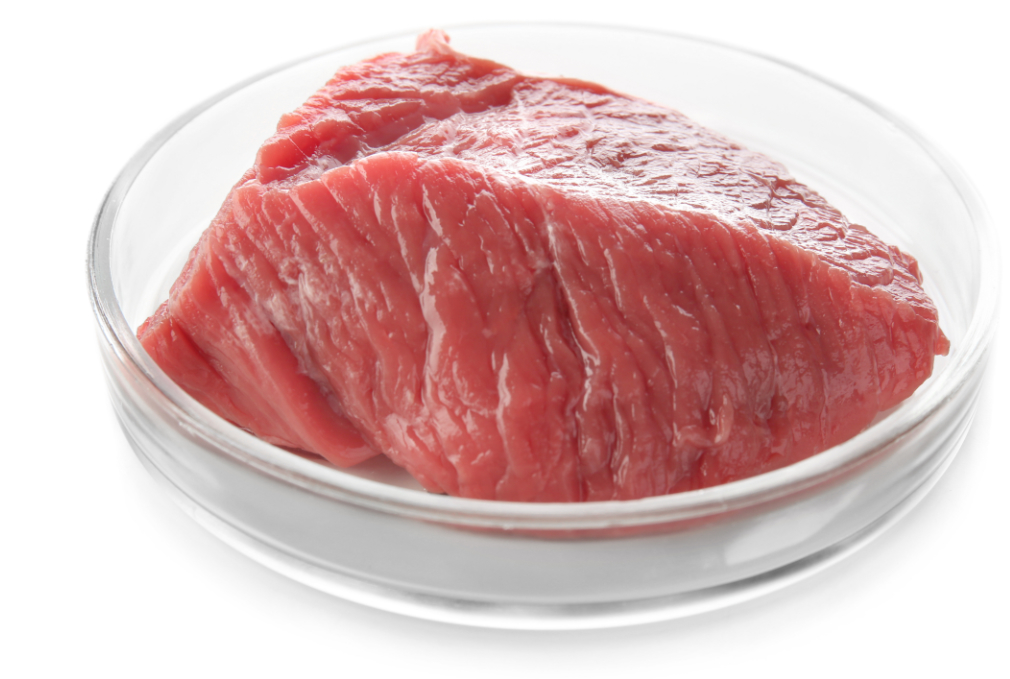Beef Pork and Poultry Are Part of What Category in the Food Manufacturing Industy
KANSAS CITY — Plentiful supplies of meat protein and a relatively unencumbered international market highlighted a stiff first half of 2018 for U.Southward. meat and poultry processors. But with the intensification of trade disputes with Canada, Cathay and Mexico intensified as the year progressed the market place for meat proteins came nether meaning pressure level. That pressure may conduct over into 2019.
The U.S. Department of Agronomics, in its July Livestock, Dairy and Poultry Outlook, forecast college pork and beefiness production and lower prices for hogs and cattle in 2018 than in 2017. Previously, the U.S.D.A. estimated July 1 cattle-on-feed up 4% from a year earlier and the highest since the agency began publishing the information 22 years ago, and the June 1 U.S. full pig inventory up 3% from a yr ago and the highest since records began in 1964.
Exports of pork and beefiness were forecast to increment from 2017, but deteriorating merchandise relationships with some major export destinations added a level of uncertainty. As a result, there was no shortage of blood-red meat.
Domestic consumption was expected to absorb some of the supply with total domestic poly peptide consumption expected to exist up to 226 lbs in 2019 compared with 222 lbs in 2018.
The agriculture financial services business firm Rabobank identified growing supplies of proteins and fallout from frayed trade relations as top-of-mind issues for the U.S. beef market place.

"There is a whole laundry listing of issues creating uncertainty and market volatility in the U.S., near of which touch global beef trade," Rabobank researchers said in the banking concern's third-quarter beef outlook study, which was published in belatedly Baronial.
A critically important effect facing the meat segment is doubt surrounding trade agreements.
"The unnerving fact about current U.S. merchandise policy is its frequent changes," Rabobank said in its beef written report.
The beef merchandise has been less affected by the U.S. trade dispute with Cathay because the market there opened only last twelvemonth. Pork processors are in the crosshairs when it comes to exporting to Prc.
Rabobank said the ongoing dispute with China will "…distort markets and weigh on pork values in North America, while creating some potential upside for producers in Asia, Europe and S America."
The trade dispute with China comes equally the United states was approaching record hog inventories of 72.viii 1000000 head reflecting increased production chapters from several new processing plants that started upwardly during the yr. Rabobank said the imposed tariffs of 25% on U.S. pork would counterbalance on  markets, simply analysts maintained a 2018 outlook of growth in squealer supplies despite lower returns driven by recent developments in trade with China.
markets, simply analysts maintained a 2018 outlook of growth in squealer supplies despite lower returns driven by recent developments in trade with China.
For beefiness processors, a more than pregnant concern was the lack of progress on renewing the North American Gratuitous Trade Agreement. On Aug. 28, the White House announced an agreement with Mexico had been reached. American officials were in negotiations with Canada, which imposed tariffs on $170 million worth of U.S. beef products. Rabobank said that "…a successful renewal will be reached; the incertitude is to when."
The large supplies of red meat caused a ripple effect that afflicted poultry processors. William W. Lovette, president and chief executive officeholder of the poultry processor Pilgrim'south Pride, said during an Aug. 2 earnings call that, "…we believe retailers in general are featuring less chicken in favor of more beef and pork to bulldoze their peak-line performance, which had a measurable impact on overall chicken demand at retail. While this dynamic was non materially affecting the market place balance of the case-ready birds, it was impacting the supply and demand with the commodity sector."
In its Baronial Livestock, Dairy and Poultry Outlook written report, the U.s.a.D.A. said broiler meat prices experienced a "sharp reject" and, as of Aug. 3, were at 95.9c per lb. The turn down combined with anticipated contest from red meat prompted the agency to lower its forecast for the first half of 2019 to 94c to $i.02 during the start quarter and $1.04 to $i.12 for the second quarter.

Facing the future
Another issue that bankrupt into the open during 2018 for the meat and poultry industry was the potential of cellular-based agronomics, specifically the ability of emerging companies to grow meat in a laboratory. Once considered a novel idea, a vigorous debate broke out during the year about what such products should be called and how, and by whom, they should be regulated.
While scaled, toll-effective production is still years abroad, investment in the category is accelerating. The process involves taking cell cultures from a recently slaughtered animal, bird or fish, growing the cells to produce tissue, and guiding the tissue to take on the characteristics of meat from the source species.
The hope of the technology is it may one day simplify the meat processing supply chain by improving animal welfare because of the need for fewer animals to become to slaughter and create a more sustainable finished product. The majority of meat's environmental footprint is in the front-end of the production procedure, in the feed and water necessary to sustain animals and the waste produced by the animals themselves.
 In July, the Food and Drug Assistants held a public meeting on food produced using the new methodology. Still the result of the meeting appeared to be more than questions than answers about the applied science and how it may exist regulated.
In July, the Food and Drug Assistants held a public meeting on food produced using the new methodology. Still the result of the meeting appeared to be more than questions than answers about the applied science and how it may exist regulated.
Both the F.D.A. and the U.s.a.D.A. scheduled a joint meeting for late October to further clarify the effect. Points to be addressed included what agency should take the lead in establishing a regulatory framework for the technology, what to telephone call it and how to label such products.
Initially chosen "clean meat," many processors of products processed using conventional methods objected, because they believed it cast products manufactured using conventional methods negatively.
As for labeling, groups such as the National Cattlemen'south Beefiness Association, which represents cattle producers in the U.s.a. believe the term "beef" should but be applicable to actual livestock raised and harvested by farmers and ranchers. The October coming together may provide guidance on this upshot and many others every bit this new engineering science makes strides toward becoming a reality in the marketplace.
sheehanbeamer1939.blogspot.com
Source: https://www.foodbusinessnews.net/articles/12964-state-of-the-industry-meat-and-poultry
0 Response to "Beef Pork and Poultry Are Part of What Category in the Food Manufacturing Industy"
Post a Comment